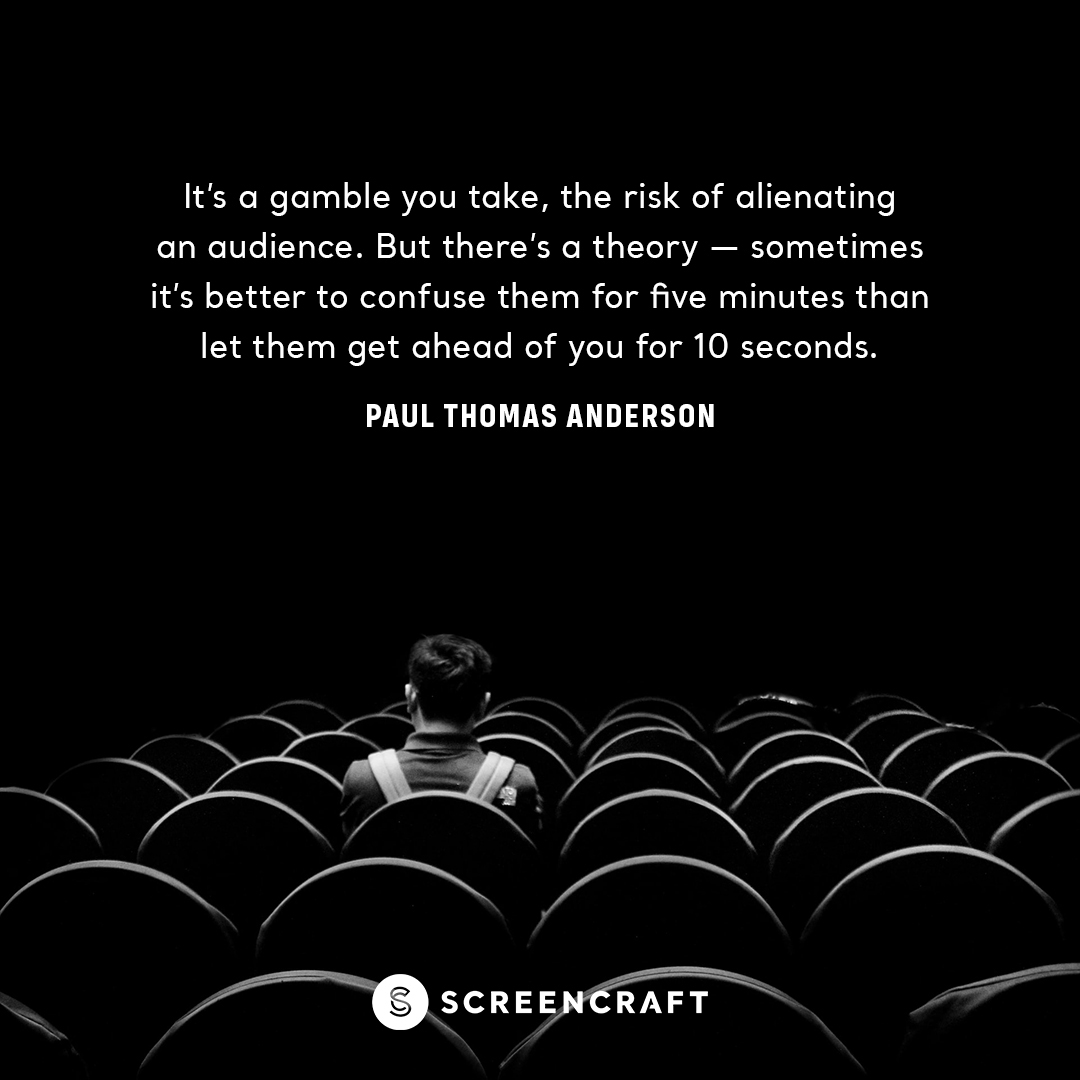How to Motivate Crazy Characters with Real Emotion

This article originally appeared on The Script Lab.
Sometimes when the worst happens, we have to live and let live. Other times, it’s completely normal to go insane. Derek Kolstad’s screenplay for John Wick – alternatively titled Scorn – has exactly that happen. In it, we see a man take a heavy loss and let go of his better judgment to exact revenge on people who take other important things from him. And John Wick does so in some of the craziest ways I’ve ever read or seen in cinema.
The screenplay for John Wick does an amazing job at showing us a character that we want to see exact revenge and kill everyone in New York City that gets in his way in a lean, fluff-free, stylish, gripping manner. If you’re ever looking to create a character in a screenplay that is emotionally tortured and loses their mind in order to cope, keep these tips in mind.
Read More: How Visuals Let Keanu Reeves Say Only 380 Words in 'John Wick Chapter 4'
Take Us Through The Gamut of Their Emotions
In the beginning of the screenplay, Kolstad introduces us to John at his home. The screenplay tells us there is evidence of a “long and healthy life with his wife, Norma… No children, yet sheer, unadulterated happiness.” His wife passes away due to illness and John descends into an understandable pit of despair. The fourth page of the screenplay shows him in his car as he “sits behind the wheel for a long moment… his eyes unblinking… so very alone…”
>> Related: 5 Keys to Making Your Protagonist Likable
However, John receives an adorable corgi/chihuahua mix that Norma sends him before she passes away. She tells him via a card attached to the corgi’s carrier that she wants him to keep living after she’s gone. He is given the opportunity to carry on with the dog and start a new chapter of his life instead of mourning the end of the last one.
Kolstad illustrates how broken up he is and how hopeful he is after getting the dog, Moose (editor's note: the dog's character ends up being a female beagle pup named Daisy in the film). So when Iosef and his punk Russian friends kill Moose and steal John’s car, the audience knows how badly it hurts John. And when Viggo – Iosef’s father, John’s old associate, and the head Russian gangster in New York – hears what Iosef has done, he conveys via exposition that the fallout will be bad because of John’s buried history. More good storytelling techniques; as Viggo tells his son how badly he messed up, John is in his house’s basement unearthing his old weapons.
>> Related: How to Write the Perfect Antagonist
We see John be sad, angry, joyous, determined, funny, witty, and relentlessly crazy throughout this screenplay. But we see how he goes from one emotion through another, by careful plotting and sensible developments. He adjusts to things as they come to him. When exhibiting your character’s emotions and responses, take a page out of Kolstad’s book and do so with interesting storytelling.
Read the rest of the article and get more tips for writing over-the-top characters with real, logical emotions, here.
Get Our Screenwriting Newsletter!
Get weekly writing inspiration delivered to your inbox - including industry news, popular articles, and more!


























